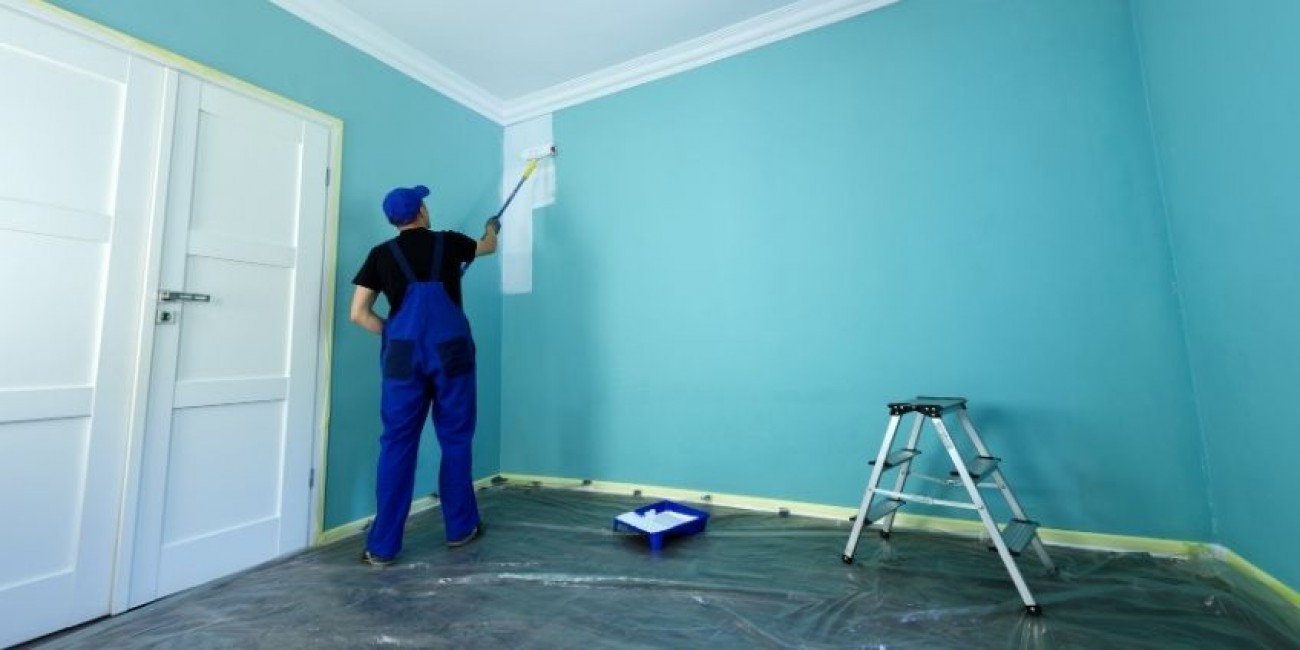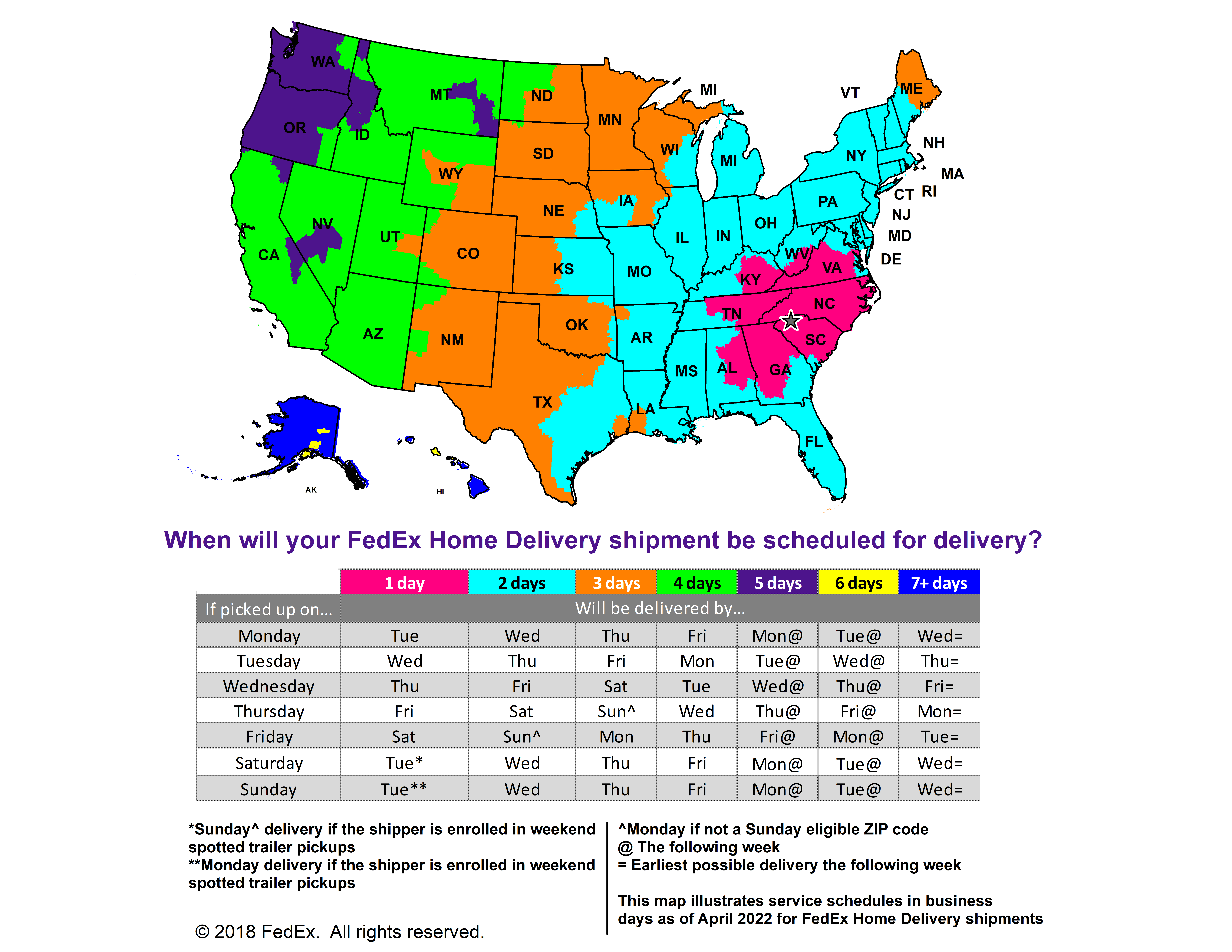Healthy Practices for Indoor Painting

As we discussed in previous blog posts, air quality is a top concern for interior painting, which can pose health risks for the people in the building. This is especially true of people who are more sensitive to VOCs, such as anyone who’s pregnant or who has breathing conditions. Following healthy practices for indoor painting is essential for keeping you and the members of your household safe while you’re painting.
Keep the Area Well-Ventilated
Ventilating the room you’re painting keeps VOC levels lower and allows fresh air to come in. This may simply be a matter of leaving the windows and doors open, but it may also include turning on fans to keep the air moving. This is important while you’re painting as well as when the paint is drying, which is when VOC levels are often highest.
Another caveat to ventilation involves painting in apartments. In situations where two units are right next to each other, the vents may connect the two spaces, which can potentially lead to problems for the other units. In this situation, it’s a good idea to inform building managers and neighbors of your intention to paint.
Pay Attention to Your Reactions
Everybody responds to paint fumes in different ways. It’s important to remain aware of how you’re feeling throughout the project. If you begin feeling sick or dizzy, you should stop painting and take a break outside. This is especially true if you know you have chemical sensitivities.
Keep Small Children and Pets Out
It’s generally safe for kids to help out with painting, but paint fumes more easily affect very young children than older children. You may want to keep young children out of the space during this time. Young children generally shouldn’t sleep in the freshly painted room until two or three days after you’re done painting.
Children aren’t the only ones paint can affect. Pets can also become sick by breathing in paint fumes. They may also attempt to ingest paints, which can be toxic to animals in some instances. Beyond this, all the movement may excite dogs, who may race around the room, become tripping hazards, and even ruin your paint job. You may need to keep pets outside or in the kennel until after you’ve finished the project.
Choose Safer Paints
Again, most of the risks that come with painting stem from the presence of VOCs. Even when you put all these practices in place, VOCs are still present in the space. Painting with our zero-VOC* paint is a healthier practice for indoor painting. Choosing a safer paint product is especially important when painting areas that cannot be well-ventilated and for using around children, pets, pregnant mothers, and people with chemical sensitivities.
Zero VOC - Conforms to CDPH 01350 (VOC emissions test taken at 11, 12, & 14 days for classroom and office use).


























